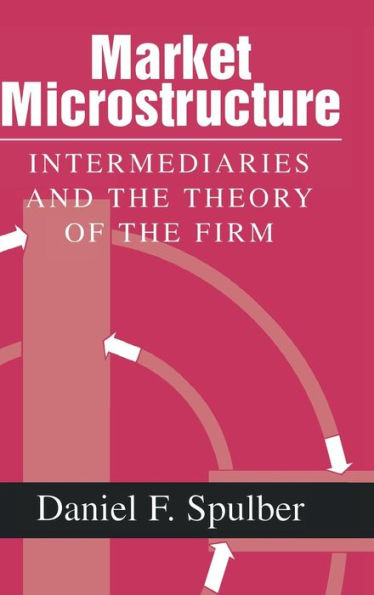5
1
9780521650250


Market Microstructure: Intermediaries and the Theory of the Firm available in Hardcover

Market Microstructure: Intermediaries and the Theory of the Firm
- ISBN-10:
- 0521650259
- ISBN-13:
- 9780521650250
- Pub. Date:
- 04/13/1999
- Publisher:
- Cambridge University Press
- ISBN-10:
- 0521650259
- ISBN-13:
- 9780521650250
- Pub. Date:
- 04/13/1999
- Publisher:
- Cambridge University Press
141.0
In Stock

Product Details
| ISBN-13: | 9780521650250 |
|---|---|
| Publisher: | Cambridge University Press |
| Publication date: | 04/13/1999 |
| Pages: | 406 |
| Product dimensions: | 6.26(w) x 9.37(h) x 1.02(d) |
From the B&N Reads Blog
